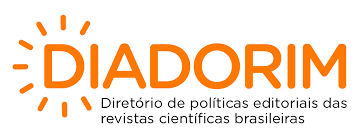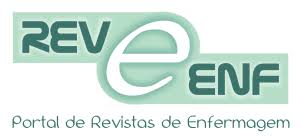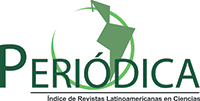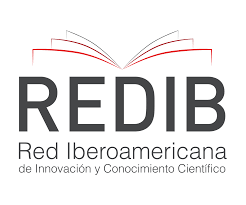TENDÊNCIA EPIDEMIOLÓGICA DA HANSENÍASE EM MINAS GERAIS (1995-2015)
DOI:
https://doi.org/10.5380/ce.v24i0.66109Palavras-chave:
Hanseníase, Epidemiologia, Estudos de Séries Temporais, Pessoas com deficiência, Doenças negligenciadas.Resumo
Objetivo: analisar a tendência epidemiológica da hanseníase em Minas Gerais no período de 1995
a 2015, com foco no grau 2 de incapacidade física.
Método: estudo ecológico de séries temporais, em que foram selecionados os casos novos de
hanseníase notificados no período de 1995 a 2015. Os indicadores epidemiológicos foram calculados
por ano de detecção. Para a análise de tendência, utilizou-se a regressão de Prais-Winsten, com
significância estatística de 5%.
Resultados: foram registrados 50.673 casos novos de hanseníase no estado. Observou-se tendência
decrescente das taxas de detecção na população geral de -5,64, em menores de 15 anos de
-5,64 e com grau 2 de incapacidade física de -6,97. A proporção de casos novos com grau 2 de
incapacidade física apresentou tendência estacionária.
Conclusão: evidencia-se manutenção da endemia em Minas Gerais com detecção tardia e
subnotificação de casos, sendo necessário maior investimento em ações de eliminação e controle
da doença.
Downloads
Publicado
Como Citar
Edição
Seção
Licença
A Cogitare Enfermagem se reserva no direito de efetuar, no artigo publicado, alterações de ordem normativa, ortográfica e gramatical, com vistas a manter o padrão culto da língua, respeitando, porém, o estilo dos autores.
O estudo publicado é de inteira responsabilidade do(s) autor(es), cabendo exclusivamente à Cogitare Enfermagem a avaliação do manuscrito, na qualidade de veículo de publicação científica. Não será permitido acréscimo ou mudança de autoria durante a etapa de avaliação ou após aceite do texto submetido.
A Cogitare Enfermagem não se responsabiliza por eventuais violações à Lei nº 9.610/1998, Lei Brasileira de Direitos Autorais.
A Cogitare Enfermagem permite que o autor detenha o copyright dos artigos aceitos para publicação, sem restrições.
Propriedade Intelectual e Termos de uso
Responsabilidade do Autor:
Quanto a autoria, os autores necessitam especificar, na página de identificação, qual o tipo de contribuição individual que exerceu durante a elaboração do artigo. Conforme os critérios estabelecidos pelo ICMJE disponível em: http://www.icmje.org/recommendations/browse/roles-and-responsibilities/defining-the-role-of-authors-and-contributors.html .
É importante destacar que são considerados quatro critérios mínimos de autoria, e todos aqueles designados como autores devem atendê-los, são eles:
- Contribuições substanciais para a concepção ou desenho do estudo; ou a aquisição, análise ou interpretação de dados do estudo;
- Elaboração e revisão crítica do conteúdo intelectual do estudo;
- Aprovação da versão final do estudo a ser publicado;
- Responsável por todos os aspectos do estudo, assegurando as questões de precisão ou integridade de qualquer parte do estudo.
Não será permitido acréscimo ou mudança de autoria durante a etapa de avaliação ou após aceite do texto submetido.
Os artigos publicados estarão licenciados sob a licença Creative Commons CC BY 4.0 Creative Commons — Attribution 4.0 International — CC BY 4.0 – A atribuição adotada pela Cogitare Enfermagem é permitida:
- Compartilhar – copiar e redistribuir o material em qualquer mídia ou formato;
- Adaptar – remixar, transformar e construir sobre o material para qualquer finalidade, mesmo comercialmente;
- Atribuição — Você deve atribuir o devido crédito, fornecer um link para a licença, e indicar se foram feitas alterações. Você pode fazê-lo de qualquer forma razoável, mas não de uma forma que sugira que o licenciante o apoia ou aprova o seu uso;
- Sem restrições adicionais — Você não pode aplicar termos jurídicos ou medidas de caráter tecnológico que restrinjam legalmente outros de fazerem algo que a licença permita.
Responsabilidade do Site:
A Cogitare Enfermagem encoraja os Autores a arquivar seus manuscritos aceitos, publicando-os em blogs pessoais, repositórios institucionais e mídias sociais acadêmicas, bem como postando-os em suas mídias sociais pessoais, desde que seja incluída a citação completa à versão do website da revista.”























